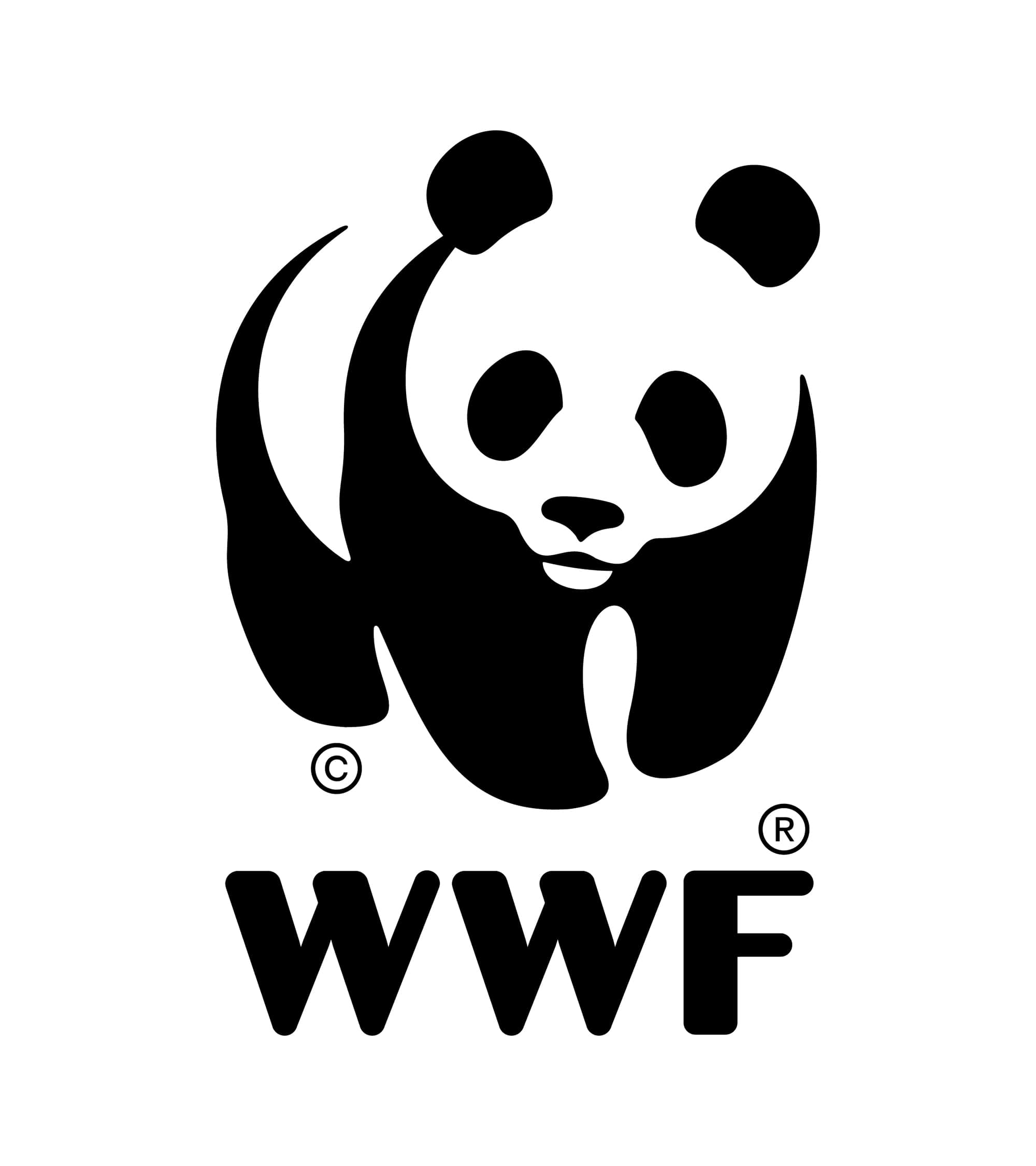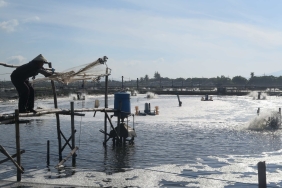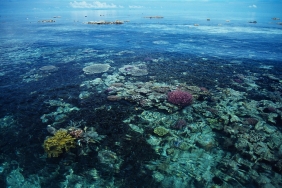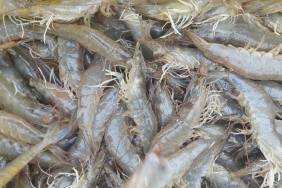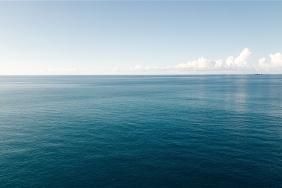SAKOL: POTENTIAL GREEN SEAWEED FROM ALOR DISTRICT
The district of Alor, East Nusa Tenggara has various potential marine resources that have not been optimally managed, one of which is seaweed. Based on WWF Indonesia Foundation participatory data collected in 2021, Alor Regency has a potential land area for seaweed cultivation of 53,787 ha. Meanwhile, until now, the utilized land area has only reached 28.61 ha or around 12.55% of the total area.
Although the land area utilized for seaweed cultivation is still relatively low, it needs to be seen as a good start for the development of seaweed cultivation in Alor District. The location of seaweed cultivation in Alor District is located in 16 villages, namely Aimoli, Pante Deere, Bana, Wailawar, Munaseli, Baraler, Blangmerang, Ilu, Baranusa, Piring Sina, West Kalondama, Kayang, Marisa, Lamma, Alumang, and Baengonong.
One of the methods used by the community to practice sakol cultivation is the basic pegging technique. This method involves stretching 20-30 meters of rope tied to wooden stakes in shallow water, between 30-50 cm from the sea surface.
Sakol from Alor
Based on information provided by one of the cultivators in Aimoli Village, Jibrael, seaweed cultivation activities in Alor had faded and almost stopped altogether in 2003-2004. This was due to the decline in seaweed prices to Rp. 5,000/kg, which caused seaweed farmers to switch to other livelihoods.
In 2010-2016, the selling price of seaweed increased again to Rp. 11,000-16,000/kg and in mid-2021 the selling price of dried seaweed reached Rp. 28,000/kg, this condition also encouraged seaweed farmers to start seaweed cultivation again.
However, Rahmad, a seaweed farmer in Kangge Island, Alor, revealed that sakol seaweed also has a weakness, namely in the quality of the seeds used. The quality of seeds taken from the cultivation harvest is not as good as sakol which is specifically intended for nurseries. "At harvest time, the weight of sakol is much lighter when compared to other types of grass such as kotoni, so it requires a large amount of seaweed to increase the amount of profit," said Rahmad.
Similarly, Darsono Sali said, "The seaweed seeds cultivated in Alor waters came from Nusa Penida, which was donated in 2009. Then it was developed by taking seaweed seeds from the previous cultivation harvest for the next planting. This is thought to affect the quality of the seaweed itself."
Challenges of Seaweed Cultivators in Alor
There are various challenges that are often faced by seaweed farmers in Alor Regency, namely the availability of seaweed seeds, environmental conditions such as sea water temperature, sea water salinity, extreme weather (heat), tides, currents, and pests that attack cultivation such as sea urchins, fish, turtles, starfish, sea snails, sea worms that eat seaweed. When the summer season starts, the water temperature tends to change to high, causing seaweed damage and resulting in a decrease in seaweed yields. In addition to high temperatures, this usually happens when the water conditions recede and there is a change in the speed of sea water currents.
The seaweed harvest period carried out by seaweed farmers in Alor Regency is quite varied, with a range of harvest ages between 45-60 days and is carried out based on environmental conditions. One of the diseases that affect seaweed yield is ice-ice. The characteristics of ice-ice disease are the presence of red spots on the thallus until it is white so that the thallus is easily brittle or destroyed. If the seaweed is attacked by ice-ice disease, then the harvest must be done faster, so that healthy seaweed can still be saved. Such conditions can affect the quality of carrageenan in harvested seaweed.
Seaweed Management and Supportability in Alor
Generally, after harvesting, seaweed farmers in Alor will immediately plant seaweed seedlings again. Most seaweed harvesting activities are done partially, where not all ropes are harvested. After harvesting, the seaweed harvest will be dried for 1-2 days under the sun.
"The dried seaweed will be sold to small-scale collectors in the local village. Dried seaweed products in Alor Regency are usually sold to other regions such as Makassar, Kupang, and Surabaya. In addition to dried seaweed, wet seaweed is also sold to local markets to be traded as ingredients for the daily consumption of Alor people," said Zaka, one of the seaweed cultivators in Aimoli Village.
To date, seaweed processing in Alor Regency is still very simple, and is classified as a household industry due to the limited equipment owned by the community. The products produced are in the form of seaweed ice and are used as processed foods consumed by the local community. Although there are still few processed seaweed products produced, the increasing interest of the community to restart seaweed cultivation is a good thing that can revive the economy and welfare of the Alor community.
Seeing the various challenges faced by seaweed farmers, various efforts to find solutions were made so that seaweed cultivation activities run more optimally.
One of the efforts that can be done to overcome these problems is to pay attention to the capacity or carrying capacity of the waters that are the location of seaweed cultivation. Water carrying capacity is a concept developed to manage natural resources and the environment in a sustainable manner, where this is done to find out what factors determine the success of seaweed cultivation.
The Alor Regency Government together with the Alor Regency Marine and Fisheries Service Branch Office, the Alor Regency Fisheries Service, supported by the WWF Indonesia Foundation and Tribuana University plan to conduct a water carrying capacity study for seaweed cultivation in Alor Regency. The hope is that this activity can provide information on the carrying capacity of the cultivation environment so that it becomes the basis for wise management of the area for the sustainability of seaweed cultivation.
